URSOSAN® (Ursodiol) 250 mg, 100 capsules
$85.00
Description
One capsule contains
- Active ingredient – Ursodeoxycholic Acid 250 mg,
- Excipients: corn starch, pregelatinized corn starch, colloidal silicon dioxide, magnesium stearate,
- The composition of the gelatin capsule: titanium dioxide (E 171), gelatin.
Pharmacological properties
Pharmacokinetics
Ursodeoxycholic acid is absorbed in the jejunum by passive diffusion (about 90%) and in the ileum by active transport. The maximum concentration in blood serum (Cmax) when administered orally 500 mg after 30, 60, 90 minutes is 3.8 mmol / l, 5.5 mmol / l and 3.7 mmol / l, respectively. Cmax is reached in 1-3 hours. Communication with blood plasma proteins is high – up to 96-99%. Penetrates through the hematoplacental barrier. With the systematic use of Ursosan, ursodeoxycholic acid makes up about 48% of the total amount of all bile acids in the blood serum, which corresponds to 40-60% of the concentration of ursodeoxycholic acid in bile (at a dosage of 10-14 mg / kg of body weight). The therapeutic effect of the drug is much more dependent on the concentration of ursodeoxycholic acid in bile than in blood serum.
It is metabolized in the liver (clearance during the “primary passage” through the liver) into taurine and glycine conjugates. The resulting conjugates are secreted into the bile. About 50-70% of the total dose of the drug is excreted in the bile. A small amount of unabsorbed ursodeoxycholic acid enters the large intestine, where it undergoes cleavage by bacteria (7-dehydroxylation); the resulting lithocholic acid is partially absorbed from the large intestine, but sulfated in the liver and rapidly excreted in the form of sulfolithocholylglycine or sulfolithocholyltaurine conjugate.
Pharmacodynamics
Ursosan is a hepatoprotective agent that has a choleretic, cholelitholytic, hypolipidemic, hypocholesterolemic and some immunomodulatory effect.
Possessing high polarizing properties, Ursosan forms non-toxic mixed micelles with apolar (toxic) bile acids, which reduces the ability of gastric reflux to damage cell membranes in biliary reflux gastritis and reflux esophagitis. Ursosan forms double molecules capable of being included in the composition of cell membranes (hepatocytes, cholangiocytes, epitheliocytes of the gastrointestinal tract), stabilizing them and making them immune to the action of cytotoxic micelles. By reducing the concentration of bile acids toxic to the liver cell and stimulating bicarbonate-rich choleresis, ursodeoxycholic acid effectively contributes to the resolution of intrahepatic cholestasis. Reduces the saturation of bile with cholesterol by inhibiting its absorption in the intestine, suppressing synthesis in the liver and reducing secretion into bile; increases the solubility of cholesterol in bile, forming liquid crystals with it; reduces the lithogenic index of bile. The result is the dissolution of cholesterol gallstones and the prevention of the formation of new stones. The immunomodulatory effect is due to the inhibition of the expression of HLA-1 antigens on the membranes of hepatocytes and HLA-2 on cholangiocytes, the normalization of the natural killer activity of lymphocytes. Ursosan slows down the processes of premature aging and death of liver cells (apoptosis of hepatocytes, cholangiocytes, etc.), and also prevents the development of fibrosis in patients with primary biliary cirrhosis, cystic fibrosis and alcoholic steatohepatitis, i.e. has antiapoptotic, antifibrotic action. The result is the dissolution of cholesterol gallstones and the prevention of the formation of new stones. The immunomodulatory effect is due to the inhibition of the expression of HLA-1 antigens on the membranes of hepatocytes and HLA-2 on cholangiocytes, the normalization of the natural killer activity of lymphocytes. Ursosan slows down the processes of premature aging and death of liver cells (apoptosis of hepatocytes, cholangiocytes, etc.), and also prevents the development of fibrosis in patients with primary biliary cirrhosis, cystic fibrosis and alcoholic steatohepatitis, i.e. has antiapoptotic, antifibrotic action. The result is the dissolution of cholesterol gallstones and the prevention of the formation of new stones. The immunomodulatory effect is due to the inhibition of the expression of HLA-1 antigens on the membranes of hepatocytes and HLA-2 on cholangiocytes, the normalization of the natural killer activity of lymphocytes. Ursosan slows down the processes of premature aging and death of liver cells (apoptosis of hepatocytes, cholangiocytes, etc.), and also prevents the development of fibrosis in patients with primary biliary cirrhosis, cystic fibrosis and alcoholic steatohepatitis, i.e. has antiapoptotic, antifibrotic action. normalization of natural killer activity of lymphocytes. Ursosan slows down the processes of premature aging and death of liver cells (apoptosis of hepatocytes, cholangiocytes, etc.), and also prevents the development of fibrosis in patients with primary biliary cirrhosis, cystic fibrosis and alcoholic steatohepatitis, i.e. has antiapoptotic, antifibrotic action. normalization of natural killer activity of lymphocytes. Ursosan slows down the processes of premature aging and death of liver cells (apoptosis of hepatocytes, cholangiocytes, etc.), and also prevents the development of fibrosis in patients with primary biliary cirrhosis, cystic fibrosis and alcoholic steatohepatitis, i.e. has antiapoptotic, antifibrotic action.
Indications for use
– biliary sludge syndrome (cholestasis); dissolution of cholesterol gallstones with a functioning gallbladder and the inability to remove stones by surgical or endoscopic methods
– acute and chronic hepatitis
– toxic (including medicinal) liver damage
– alcoholic liver disease
– non-alcoholic steatohepatitis
– primary biliary cirrhosis of the liver in the stage of compensation
– primary sclerosing cholangitis
– cystic fibrosis of the liver in cystic fibrosis
– postoperative period for atresia of the intrahepatic biliary tract
– biliary dyskinesia
– biliary reflux gastritis, reflux esophagitis
– prevention of recurrence of stone formation after cholecystectomy
– prevention of liver damage when using hormonal contraceptives and cytostatics
Dosage and administration
Ursosan is taken orally without chewing and drinking plenty of water.
In diffuse liver diseases, the daily dose of Ursosan is divided into 2-3 doses, the capsules are taken with food.
In acute and chronic hepatitis, it is prescribed in a daily dose of 10 mg / kg, which is taken 2-3 times a day with food for a long time (from several months to several years).
For cholelithiasis (dissolution of cholesterol gallstones and biliary sludge), biliary dyskinesia, the daily dose is 15 mg / kg and is taken once at night. The course of treatment for the dissolution of stones continues until complete dissolution, followed by admission for 3 months to prevent recurrence of stone formation. With biliary dyskinesia, the course of treatment is set by the doctor.
With biliary reflux gastritis and reflux esophagitis – 250 mg each
(1 capsule) daily, at bedtime. The course of treatment – from 10-14 days to 6 months, if necessary – up to 2 years.
After cholecystectomy for the prevention of recurrent cholelithiasis – 250 mg 2 times a day for several months.
For the prevention of liver damage when using hormonal contraceptives and cytostatics – 250 mg 2 times a day for several months.
With toxic, medicinal liver damage, alcoholic liver disease – 10-15 mg / kg / day in 2-3 doses. The duration of therapy is 6-12 months or more.
With primary biliary cirrhosis: 10-15 mg / kg / day (if necessary – up to 20 mg / kg) in 2-3 doses. The duration of therapy ranges from 6 months to several years.
With primary sclerosing cholangitis – 12-15 mg / kg / day (up to 20 mg / kg) in 2-3 doses. The duration of therapy is from 6 months. up to several years.
With non-alcoholic steatohepatitis – 13-15 mg / kg / day. in 2-3 doses. The duration of therapy is from 6 months. up to several years.
In cystic fibrosis, children over 6 years of age, weighing more than 34 kg, are prescribed at a dose of 20-40 mg / kg / day. in 2-3 doses. The duration of therapy is from 6 months. up to several years. For children weighing less than 34 kg (more often at 6-13 years old), a daily dose of 10 mg / kg of body weight is recommended.
In the postoperative period for atresia of the intrahepatic biliary tract – 10-15 mg / kg / day in 2-3 doses. The duration of therapy is 6-12 months or more.
Side effects
Rarely
– pain in the right hypochondrium
– nausea, vomiting, diarrhea (may be dose-dependent), constipation, transient (transient) increase in the activity of “liver” transaminases
– allergic reactions (urticaria, usually at the beginning of treatment)
– exacerbation of previously existing psoriasis, alopecia
Very rarely
– calcification of gallstones
Contraindications
– hypersensitivity to the active substance and other components of the drug
– Presence of radio-positive (high in calcium) gallstones
– non-functioning gallbladder
– biliary, gastrointestinal, intestinal fistula
– acute cholecystitis
– acute cholangitis
– cirrhosis of the liver in the stage of decompensation
– liver and / or kidney failure
– obstruction of the bile ducts
– acute infectious diseases of the gallbladder and bile ducts
– empyema of the gallbladder
– I trimester of pregnancy and lactation
– children’s age up to 6 years
Drug Interactions
Antacids containing aluminum and ion exchange resins (cholestyramine) reduce absorption. Lipid-lowering drugs (especially clofibrate), estrogens, neomycin, or progestins increase bile saturation with cholesterol and may decrease the ability to dissolve cholesterol gallstones. Ursodeoxycholic acid may increase intestinal absorption of ciclosporin.
Special instructions
When taking the drug in order to dissolve gallstones, the following conditions must be met: the stones must be cholesterol (X-ray negative), their size should not exceed 15-20 mm, the gallbladder should remain functional and should be filled with stones no more than half, the patency of the bladder and the common bile duct must be preserved. With prolonged (more than 1 month) taking the drug, every 4 weeks in the first 3 months. treatment, then every 3 months. conduct a biochemical blood test to determine the activity of hepatic transaminases. Monitoring the effectiveness of treatment should be carried out every 6 months. according to ultrasound examination of the biliary tract. After complete dissolution of the stones, it is recommended to continue using Ursosan for at least 3 months, in order to to promote the dissolution of remnants of stones that are too small to be detected and to prevent recurrence of stone formation. If after 6 months from the beginning of the application, there is no decrease in the size of gallstones, then it is not advisable to continue treatment.
Pregnancy and lactation
The use of ursodeoxycholic acid during the II and III trimester of pregnancy can be prescribed after a thorough assessment of the expected benefit to the mother and the risk to the fetus from the use of the drug.
Features of the effect of the drug on the ability to drive a vehicle or potentially dangerous mechanisms
The use of the drug does not affect the ability to drive vehicles or potentially dangerous mechanisms.
Overdose
Cases of overdose with ursodeoxycholic acid are not known.
Storage conditions
Store in a dry place protected from light at a temperature of 15-25 ° C!
Keep out of the reach of children!
Shelf life – 4 years
Do not use after the expiration date!
Additional information
| Ingredient |
|---|





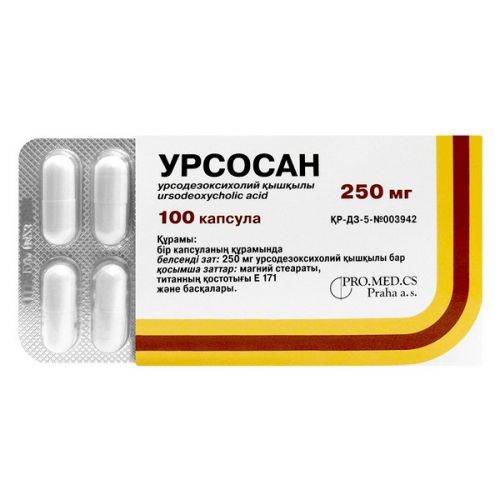
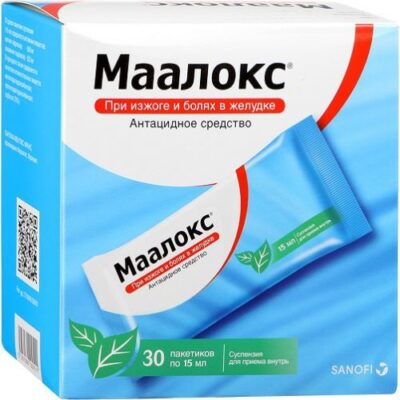
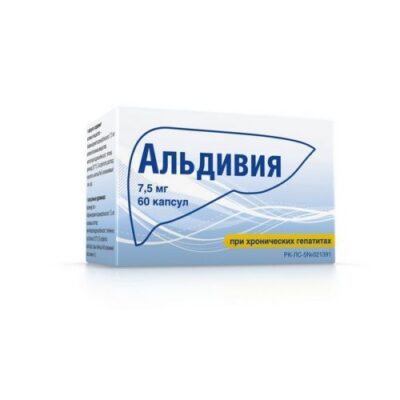
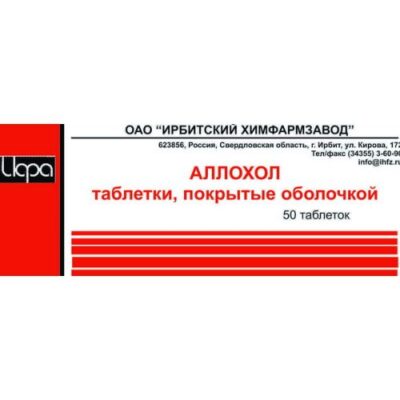
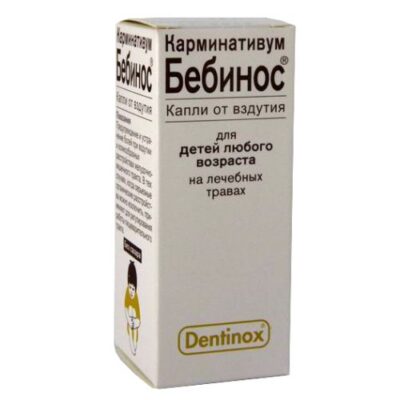
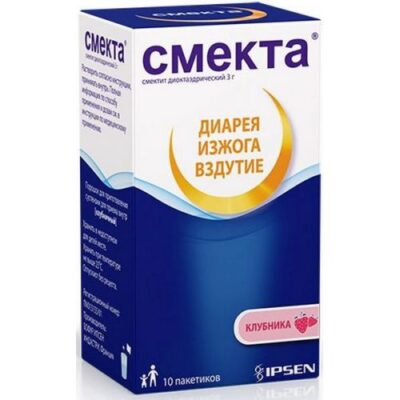
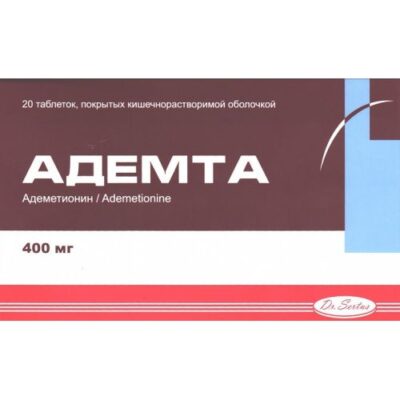
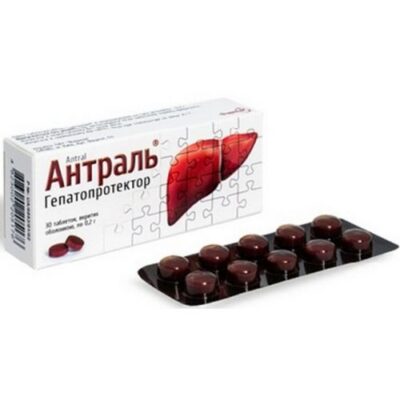
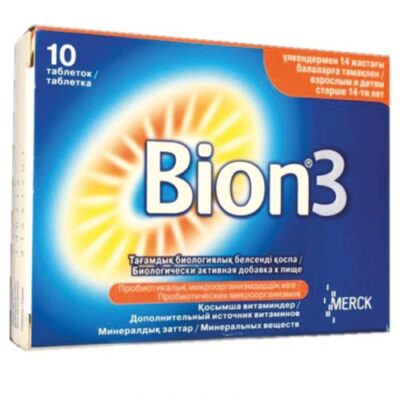
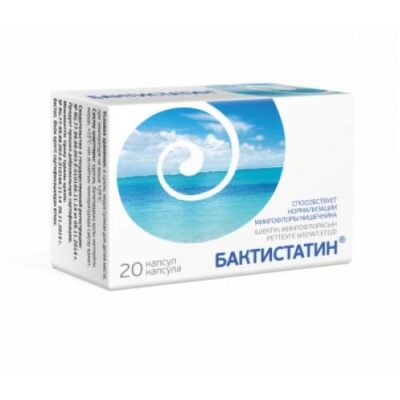
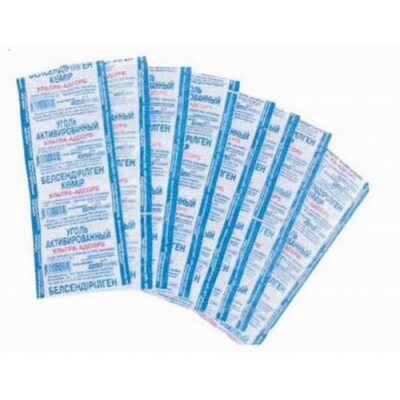






Reviews
There are no reviews yet.